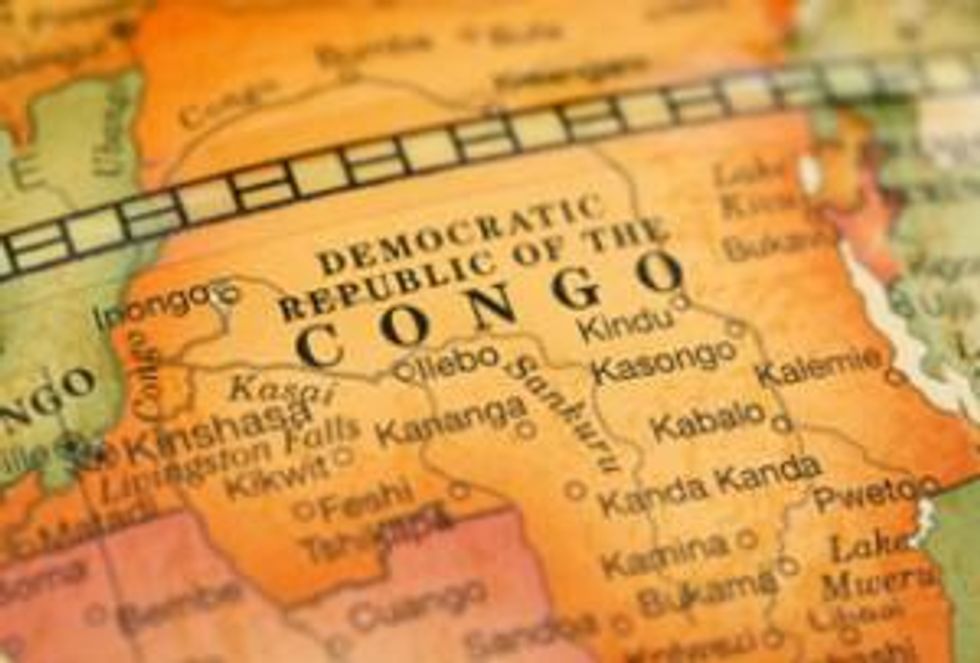The latest in developments surrounding the wiki-leaks scandal is focused around vital sites for American security. Topping the list is a cobalt mine in the Democratic Republic of Congo. The admission by the State Department shows the vital need for secure cobalt supply needed for high technology applications.
By Michael Montgomery—Exclusive to Cobalt Investing News
The use of cobalt in various battery technologies from electronics to hybrid and electric vehicles is driving the price of the metal. Vital to new technology the importance of the metal was recently highlighted in the wiki-leaks cable scandal currently dominating world news outlets. A high level diplomatic cable that contained sites vital to economic and national defense for the US, stated that “sites around the world important to national interests, a cobalt mine in the Congo (Tenke Fungurume?) tops the list,” stated Jason Stearns, for The Christian Science Monitor. This admission by the US State Department furthers the importance of secure cobalt supply needed for high tech applications, such as the use of the metal in various battery technologies.The Democratic Republic of Congo (DRC) is home to some of the most heinous human rights violations over the last 20 years, including rape, child labor, and a “conflict mineral” trade that is funding the very groups perpetrating these crimes. Recently the Frank-Dodd Securities Act passed in the US aimed to reduce the funding of these groups by requiring companies to list the suppliers of various metals including tantalum, tin and tungsten, and cobalt. The mining of these minerals was covered on Cobalt Investing News last month.
The Tenke Fungurume mine, suspect as being the cobalt mine in the wiki-leaks cable, is located in southern DRC, and is run in joint by Freeport- McMoran Copper & Gold Inc. (NYSE:FCX) and Lundin Mining Corp. (TSX:LUN) and Gecamines. According to Freeport McMoran, the mine is expected to produce 250 million pounds of copper and 18 million pounds (8,166 metric tons) of cobalt per year. According to the USGS minerals yearbook, in 2008 the DRC mined 40 percent of the worlds cobalt supply, with a total of 31,000 metric tonnes. The total production of just this mine alone makes up a large share of the DRC’s total cobalt production.
South African cobalt miner Metorex (PINK:MRXLY) has recently resumed mining operations on their Ruashi copper mine in the Democratic Republic of the Congo. The mine had encountered electrical problems that shut down production for five weeks, hampering production totals for the quarter. “Cobalt production is expected to drop 16 percent in the same period from the 1,057 tonnes mined in the three months to end-September,” reported Angieszka Flak, for Reuters.
Outside of the DRC, many mining companies are working on their own deposits. Baja Mining Corp. (TSX:BAJ) recently secured funding for its Boleo project in Baja California, Mexico. The company “recently completed US$858 Million project financing and C$184 Million bought deal financing,” stated the press release. The project is expected to produce an annual average of 56,697 tonnes copper cathode, and 1,708 tonnes of cobalt cathode with a 23 year mine life. The mine also contains zinc and manganese. The funding of the project received the “Exploration and Development Funding Award” at the annual Mines and Money Awards Dinner held in London, UK on December 1, 2010.
Puget Ventures (TSXV:PVS) announced that a deal was signed to buy cobalt and other mineral assets in Russia and Mongolia. The deal with Imperial Mining Holding Ltd. result in Puget Ventures changing the name of the company to “Global Cobalt Corporation to reflect evolution to international cobalt exploration and development company,” according to the article in RTT News.



